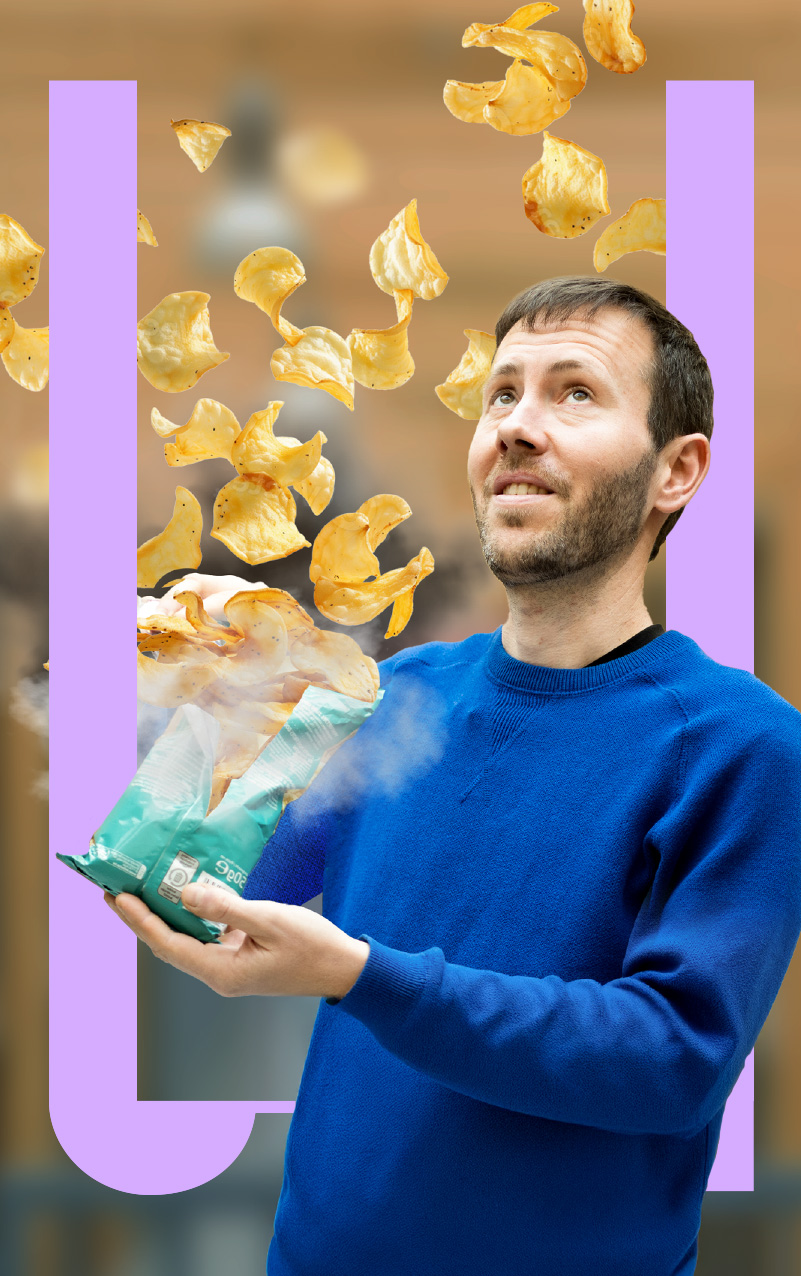Lorem ipsum dolor sit amet, consectetur adipiscing elit. Suspendisse varius enim in eros elementum tristique. Duis cursus, mi quis viverra ornare, eros dolor interdum nulla, ut commodo diam libero vitae erat. Aenean faucibus nibh et justo cursus id rutrum lorem imperdiet. Nunc ut sem vitae risus tristique posuere.


Waarom is het niet oké om je naast iemand te zetten in een lege treincoupé?
Je zit in een lege treincoupé en dan stapt er iemand in die zich naast je zet. Of je staat aan een leeg urinoir en iemand komt meteen naast je plassen. Dat voelt heel raar en ongemakkelijk. Maar waarom eigenlijk? Wat bepaalt ons gedrag in zulke publieke ruimtes? Dr. Mattias De Backer, stadsgeograaf aan de VUB, legt uit welke ongeschreven regels op straat, in de trein, in parken en winkels gelden.
key notes
What’s a Rich Text element?
The rich text element allows you to create and format headings, paragraphs, blockquotes, images, and video all in one place instead of having to add and format them individually. Just double-click and easily create content.
Static and dynamic content editing
A rich text element can be used with static or dynamic content. For static content, just drop it into any page and begin editing. For dynamic content, add a rich text field to any collection and then connect a rich text element to that field in the settings panel. Voila!
How to customize formatting for each rich text
Headings, paragraphs, blockquotes, figures, images, and figure captions can all be styled after a class is added to the rich text element using the "When inside of" nested selector system.











.png)





